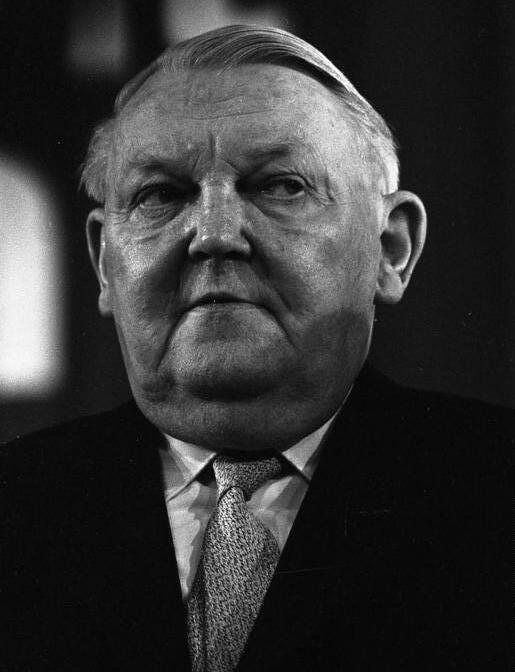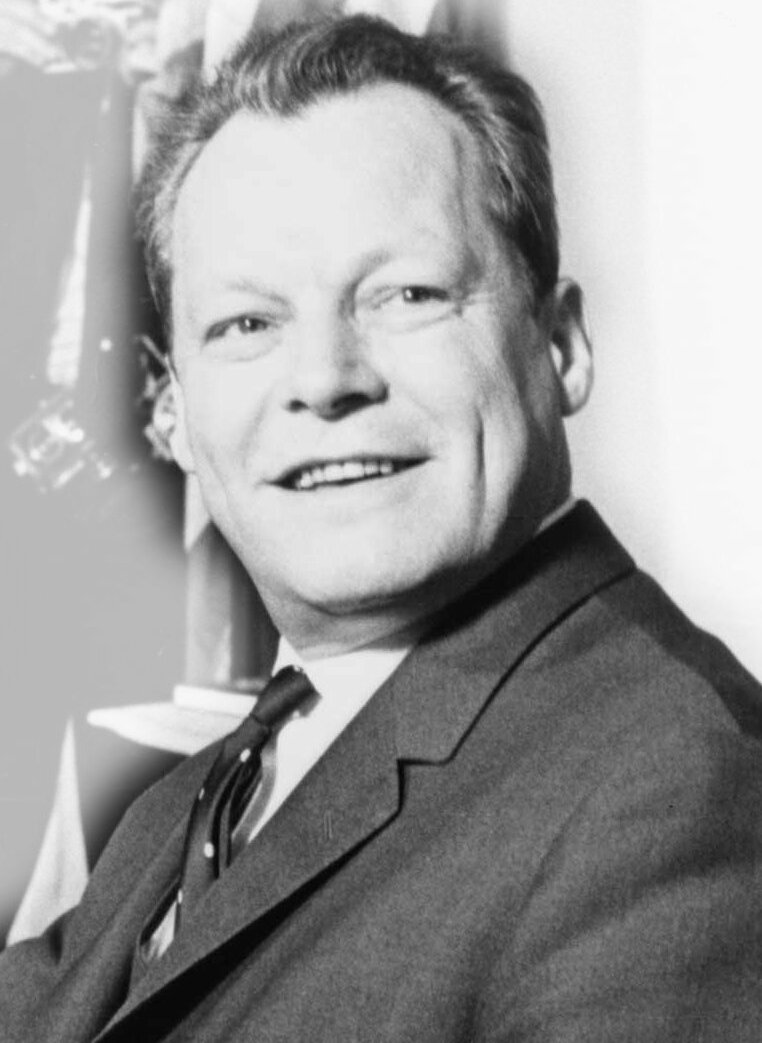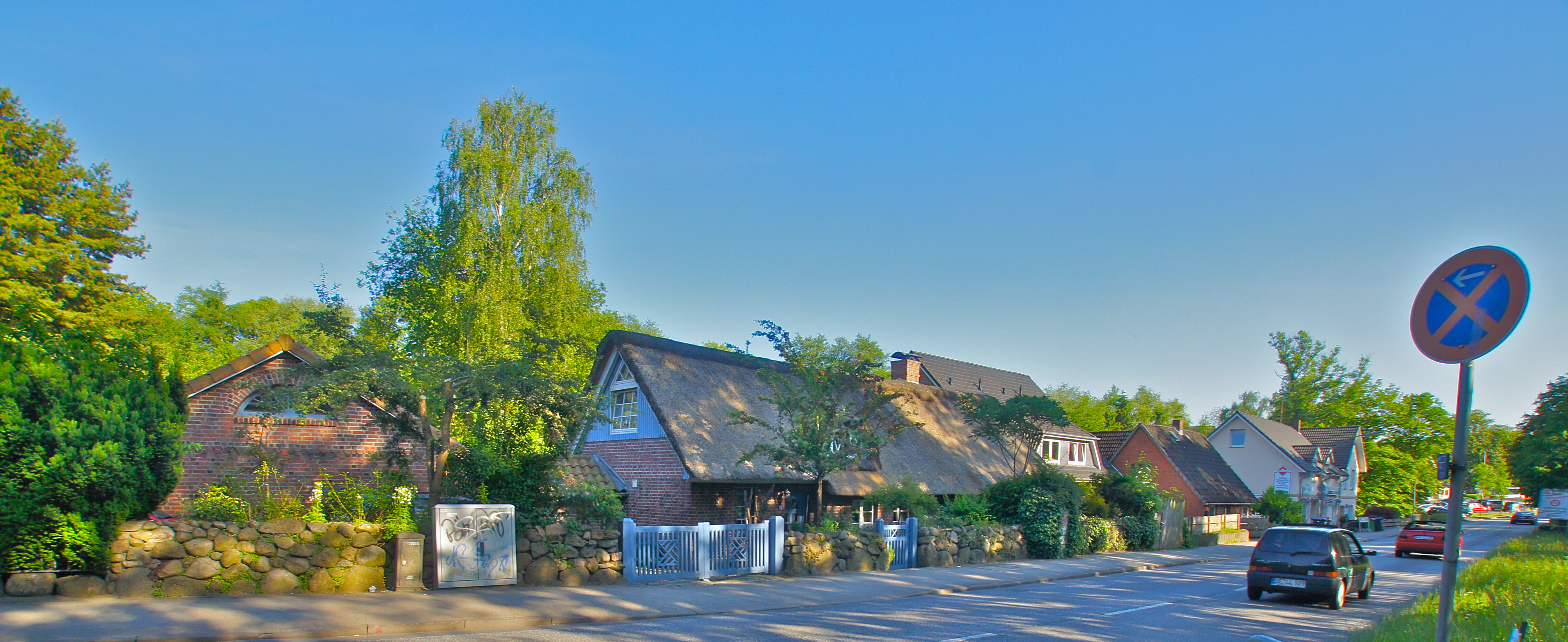|
Hamburg-Wandsbek (electoral District)
Hamburg-Wandsbek is an electoral constituency (German: ''Wahlkreis'') represented in the Bundestag. It elects one member via first-past-the-post voting. Under the current constituency numbering system, it is designated as constituency 22. It is located in northeastern Hamburg, comprising the southern part of the Wandsbek borough. Hamburg-Wandsbek was created for the inaugural 1949 federal election. Since 2013, it has been represented by Aydan Özoğuz of the Social Democratic Party (SPD). Geography Hamburg-Wandsbek is located in northeastern Hamburg. As of the 2021 federal election, it comprises the southern part of the Wandsbek borough, specifically the quarters of Bramfeld, Eilbek, Farmsen-Berne, Jenfeld, Marienthal, Rahlstedt, Steilshoop, Tonndorf, Volksdorf, and Wandsbek. History Hamburg-Wandsbek was created in 1949, then known as ''Hamburg V''. In the 1949 election, it was Hamburg constituency 5. From 1953 through 1961, it was constituency 19; in the 1965 election it be ... [...More Info...] [...Related Items...] OR: [Wikipedia] [Google] [Baidu] |
Bundestag
The Bundestag (, "Federal Diet") is the German federal parliament. It is the only federal representative body that is directly elected by the German people. It is comparable to the United States House of Representatives or the House of Commons of the United Kingdom. The Bundestag was established by Title III of the Basic Law for the Federal Republic of Germany (, ) in 1949 as one of the legislative bodies of Germany and thus it is the historical successor to the earlier Reichstag. The members of the Bundestag are representatives of the German people as a whole, are not bound by any orders or instructions and are only accountable to their electorate. The minimum legal number of members of the Bundestag (german: link=no, Mitglieder des Bundestages) is 598; however, due to the system of overhang and leveling seats the current 20th Bundestag has a total of 736 members, making it the largest Bundestag to date and the largest freely elected national parliamentary chamber in the wo ... [...More Info...] [...Related Items...] OR: [Wikipedia] [Google] [Baidu] |
Steilshoop
Steilshoop () is a quarter of Hamburg, Germany in the Wandsbek Wandsbek () is the second-largest of seven Boroughs and quarters of Hamburg#Boroughs, boroughs that make up the city and state of Hamburg, Germany. The name of the district is derived from the river Wandse which passes through here. Hamburg-Wandsb ... borough. References Quarters of Hamburg Wandsbek {{Hamburg-geo-stub ... [...More Info...] [...Related Items...] OR: [Wikipedia] [Google] [Baidu] |
1972 West German Federal Election
Federal elections were held in West Germany on 19 November 1972 to elect the members of the 7th Bundestag. In the first snap elections since the resumption of democratic elections in 1949, the Social Democratic Party became the largest party in parliament for the first time since 1930, winning 230 of the 496 seats. The coalition with the Free Democratic Party was resumed. Campaign The Social-liberal coalition of SPD and FDP had lost its majority after several Bundestag MPs (like former FDP ministers Erich Mende and Heinz Starke or SPD partisan Herbert Hupka) had left their party and become members of the CDU/ CSU opposition to protest against Chancellor Willy Brandt's ''Neue Ostpolitik'', especially against the ''de facto'' recognition of the Oder-Neisse line by the 1970 Treaty of Warsaw. On 27 April 1972 the opposition had tried to have CDU leader Rainer Barzel elected new chancellor in a motion of no confidence, but Barzel surprisingly missed the majority in the Bun ... [...More Info...] [...Related Items...] OR: [Wikipedia] [Google] [Baidu] |
1969 West German Federal Election
Federal elections were held in West Germany on 28 September 1969 to elect the members of the 6th Bundestag. The CDU/CSU remained the largest faction and the Social Democratic Party remained the largest single party in the Bundestag, winning 237 of the 518 seats. After the election, the SPD formed a coalition with the Free Democratic Party and SPD leader Willy Brandt became Chancellor. Campaign Upon the resignation of Chancellor Ludwig Erhard on 1 December 1966, a grand coalition of Christian Democrats and Social Democrats had governed West Germany under Federal Chancellor Kurt Georg Kiesinger (CDU) with SPD chairman Willy Brandt as vice-chancellor and foreign minister. Economics Minister Karl Schiller (SPD) had proposed revaluing (increasing the external value of) the Deutsche Mark, West Germany's currency, to reduce the country's inflation rate and the rate of growth of the country's businesses' income. He also wanted to reduce West Germany's economic dependence on the exp ... [...More Info...] [...Related Items...] OR: [Wikipedia] [Google] [Baidu] |
1965 West German Federal Election
Federal elections were held in West Germany on 19 September 1965 to elect the members of the 5th Bundestag. The CDU/CSU remained the largest faction, while the Social Democratic Party remained the largest single party in the Bundestag, winning 217 of the 518 seats (including 15 of the 22 non-voting delegates for West Berlin West Berlin (german: Berlin (West) or , ) was a political enclave which comprised the western part of Berlin during the years of the Cold War. Although West Berlin was de jure not part of West Germany, lacked any sovereignty, and was under mi ...). Campaign Federal Chancellor Ludwig Erhard was initially popular as the acclaimed "father" of West Germany's economic miracle of the 1950s and early 1960s. West Germany's economy still seemed solid in 1965, and thus not enough West German voters wanted to change the party of Federal Chancellor. To ensure his victory in this Bundestag election, Erhard promised to cut income tax and to increase social program ... [...More Info...] [...Related Items...] OR: [Wikipedia] [Google] [Baidu] |
1961 West German Federal Election
Federal elections were held in West Germany on 17 September 1961 to elect the members of the fourth Bundestag. CDU/CSU remained the largest faction, winning 242 of the 499 seats. Campaign For the first time, the SPD announced a Chancellor candidate who was not chairman of the party: Willy Brandt, the Governing Mayor of West Berlin. After the building of the Berlin Wall, he gained more and more sympathy, while chancellor Konrad Adenauer was criticised for not showing enough support for the people of West Berlin. Adenauer had to save the absolute majority of CDU and CSU, but, considering his age and his long term as chancellor, there were big doubts if he should lead the country in a fourth term. Results Results by state Constituency seats List seats Aftermath The absolute majority was lost by the conservative union due to the gains of the liberal FDP under Erich Mende. From 1961 on, the Union, SPD and FDP established an electoral "triopoly" in the Bundestag that wo ... [...More Info...] [...Related Items...] OR: [Wikipedia] [Google] [Baidu] |
1957 West German Federal Election
Federal elections were held in West Germany on 15 September 1957 to elect the members of the third Bundestag. The Christian Democratic Union and its longtime ally, the Christian Social Union in Bavaria, won a sweeping victory, taking 270 seats in the Bundestag to win the first – and to date, only – absolute majority for a single German parliamentary group in a free election. This was the first West German federal election to take place in the Saarland, which – as Saar protectorate – had been a separate entity under French control between 1946 and 1956. Campaign Economy Federal Chancellor Konrad Adenauer had some solid advantages over his Social Democratic Party (SPD) opponent, Erich Ollenhauer; West Germany had become fully sovereign in 1955 and The Law on Pension Reform (backdated to 1 January 1957) was enormously popular when passed in the spring of 1957, while the economy had been growing on average 7% per year since 1953 in part due to young, skilled and highly ed ... [...More Info...] [...Related Items...] OR: [Wikipedia] [Google] [Baidu] |
1953 West German Federal Election
Federal elections were held in West Germany on 6 September 1953 to elect the members of the second Bundestag. The Christian Democratic Union (CDU) emerged as the largest party. This elections were the last before Saarland joined West Germany in 1957. It had been a separate entity, Saar protectorate, under French control since 1946. Campaign Federal Chancellor Konrad Adenauer (who was also CDU leader) campaigned on his policies of economic reconstruction and growth, moderate conservatism or Christian democracy, and close relations with the United States. During the campaign he attacked the Social Democratic Party (SPD) ferociously. His staff had a comfortable coach on a train previously used only by Hermann Göring and behind that a dining car with sleeping berths for journalists.Charles Williams (2000) ''Adenauer: The Father of the New Germany'', p407 The new SPD leader (Kurt Schumacher had died in 1952) was Erich Ollenhauer, who was more moderate in his policies than Schumach ... [...More Info...] [...Related Items...] OR: [Wikipedia] [Google] [Baidu] |
Bergstedt
Bergstedt () is a quarter of Hamburg, Germany, in the borough of Wandsbek. It is located on the northeastern border of the borough and of the city. It is part of the area of Walddörfer (lit. ''forest villages''). In 2016 10,687 lived in Bergstedt. Geography Bergstedt borders the quarters of Lemsahl-Mellingstedt, Wohldorf-Ohlstedt, Volksdorf, and Sasel. The streams and rivers of Furtbek, Lottbek, Rodenbek, and Saselbek flow through Bergstedt. There are two nature reserves, Hainesch/Iland and Rodenbeker Quellental. Politics These are the results of Bergstedt in the Hamburg state election: History In 1248 Bergstedt, formerly a Saxonian Rundling, was first recorded under the name of ''Bericstede''. It does not relate to a ''Berg'' (mountain), but to a founder named ''Beric''. Also the part ''-stedt'' in the name refers to a Saxonian foundation, meaning ''safe settlement'' or safe ''residence''. The Church of Bergstedt (''Bergstedter Kirche'') was also first recorded in 12 ... [...More Info...] [...Related Items...] OR: [Wikipedia] [Google] [Baidu] |
Wohldorf-Ohlstedt
Wohldorf-Ohlstedt () is a neighborhood of Hamburg, Germany, in the borough Wandsbek. It is the most northern quarter and one of the wealthiest in Hamburg. Geography Wohldorf-Ohlstedt borders the quarters Duvenstedt, Lemsahl-Mellingstedt and Bergstedt. Outside Hamburg it borders the Kreise Tangstedt, Jersbek and Ammersbek in Schleswig-Holstein. Politics These are the results of Wohldorf-Ohlstedt in the Hamburg state election: Wohldorf-Ohlstedt belongs to the electoral district of Alstertal-Walddörfer. Transport Wohlstedt-Ohlstedt has access to one U-Bahn Rapid transit in Germany consists of four U-Bahn systems and fourteen S-Bahn systems. The U-Bahn commonly understood to stand for Untergrundbahn (''underground railway'') are conventional rapid transit systems that run mostly underground, while ... station. References {{Authority control Quarters of Hamburg Wandsbek ... [...More Info...] [...Related Items...] OR: [Wikipedia] [Google] [Baidu] |
Duvenstedt
is a quarter of Hamburg, Germany, in the borough of Wandsbek. It is located on the northern boundaries of the borough and of the city. It is part of the area of Walddörfer (lit. ''forest villages''). Geography Duvenstedt borders the quarters of Lemsahl-Mellingstedt and Wohldorf-Ohlstedt. The Alster river and the Diekbek stream flow through Duvenstedt. The nature reserve of Duvenstedter Brook is named after the former village, but is located in neighbouring Wohldorf-Ohlstedt. History In 1261 Duvenstedt, formerly a Saxonian Rundling, was first recorded. It is named after a founder called ''Duvo''. Also the part ''-stedt'' in the name refers to a Saxonian foundation, meaning ''safe settlement'' or ''safe residence''.Horst Beckershaus: ''Die Namen der Hamburger Stadtteile. Woher sie kommen und was sie bedeuten'', Hamburg 2002, , p. 33 In 1937, the village was incorporated into Hamburg by the Greater Hamburg Act The Greater Hamburg Act (german: Groß-Hamburg-Gesetz), in full ... [...More Info...] [...Related Items...] OR: [Wikipedia] [Google] [Baidu] |
Lemsahl-Mellingstedt
Lemsahl-Mellingstedt () is a quarter of Hamburg, Germany, in the borough Wandsbek. The population was over 6900 in 2020. Geography Lemsahl-Mellingstedt borders the quarters Duvenstedt, Wohldorf-Ohlstedt, Bergstedt, Poppenbüttel and Sasel. It also borders Norderstedt in Schleswig-Holstein. Lemsahl-Mellingstedt is located at the Alster river. Politics These are the results of Lemsahl-Mellingstedt in the Hamburg state election in 2015: * SPD 44.9% * CDU 23.1% * The Greens 9.2% * FDP 12.0% * AfD 5.9% * The Left 3.2% * Others 1.7% Lemsahl-Mellingstedt belongs to the electoral district of Alstertal-Walddörfer. Society * Minors: 18.5% * Elderly: 20.3% * Households with children: 26.4% * Foreigners: 4.2% * Unemployed: 1.8% Transportation Lemsahl-Mellingstedt has no S-Bahn or U-Bahn station, but two bus lines to the S-Bahn The S-Bahn is the name of hybrid urban-suburban rail systems serving a metropolitan region in German-speaking countries. Some of the larger S- ... [...More Info...] [...Related Items...] OR: [Wikipedia] [Google] [Baidu] |



.jpg)
